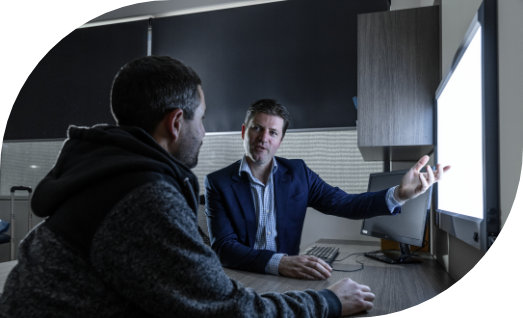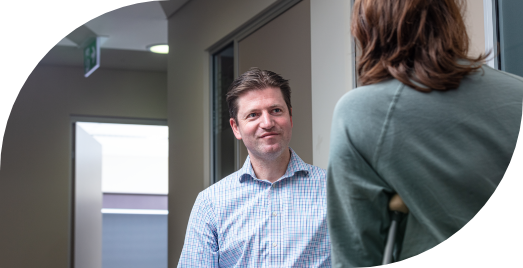Anterior Cruciate Ligament
What is an Anterior Cruciate Ligament?
The anterior cruciate ligament (ACL) is one of the main stabilising structures in the centre of the knee joint. It is commonly injured in sports, especially those involving side-stepping and pivoting motion. A tear to this ligament results in instability of the knee, where it feels as though the knee ‘gives way’. Some patients will experience instability in everyday activities, whereas others will only feel unstable during sports or exercise.


Treatment and Surgery Options
Unfortunately, the ACL does not heal spontaneously or even if it is surgically repaired. The most reliable surgery for an ACL rupture is a reconstruction procedure with a tendon graft that forms a new ligament in place of the torn ligament. This ultimately restores stability in the knee and allows return to sport and strenuous activity. Improving stability in the knee also prevents future tears to the medial meniscus (shock-absorber). The need for surgery depends on your age, symptoms, damage to other structures in the knee and your future desire to return to sports. Most sports require an intact ACL if there is any cutting or pivoting involved. Some patients require surgery to improve stability of the knee during everyday activities.
The surgery involves inserting a tendon graft with arthroscopic assistance through carefully placed bone tunnels within the knee. Dr Woodbridge prefers to use a hamstring tendon graft. The graft is fixed to the bone using specially designed implants to provide initial stability. The graft will then incorporate into your body over a period of months to be become your new ligament with its own new blood supply.
What happens after the surgery?
ACL reconstruction surgery requires several months of intensive physiotherapy rehabilitation to achieve the best possible outcomes in terms of range of motion, strength and control of the knee.
Dr Woodbridge will follow your rehabilitation with regular reviews and is happy to liase with your physiotherapist during this process. Return to competition sport is generally not advised until after 9 months from the procedure.


